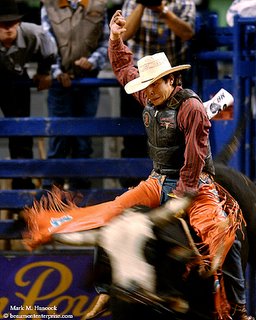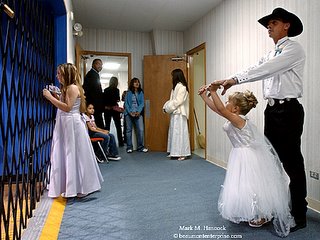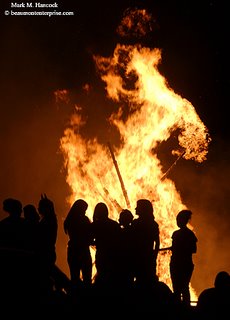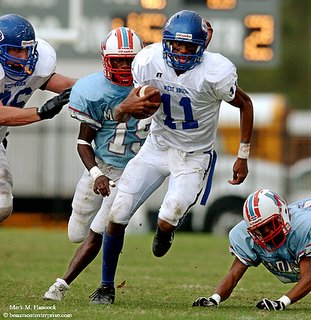We've discussed making
correct exposures under available light conditions. Anyone can do this with varying success. Now we're going to discuss one of the key ingredients to separate pros from amateurs - artificial light (flash).
As we've determined, the flash is a critical part of photojournalism. When there is
no light, it's impossible to make a photograph. At times, a flash becomes the
only light source available. Even available-light purists
must use a flash or go home without an image (not an option for a deadline PJ).
It's easy to talk about the marvels of through-the-lens (TTL) flash metering. It allows PJs to operate with speed and accuracy most of the time. However, the flash may fail in TTL mode while on assignment. Likewise, a complicated lighting scheme may require the PJ to make manual calculations. Consequently, PJs must know how to handle the situation, or they'll fail.
Many people avoid flash because the terms and mathematics sound complicated. At first it is. With a little practice, it becomes second nature and frequently the PJ can use previous experience to "guess" the correct exposure on the first try. However, it's still advisable to double-check with both a
flash meter as well as a quick manual calculation (not to mention chimping).
Basic flash definitionsThe following are critical definitions while working with flash. We'll keep referring to the terms, so they need to be understood. Once we need to change
EV ratios with flash, lack of understanding these terms leaves some people in the dust. The next step is basic calculus. It'll leave even more folks scratching their heads. But let's not rush into it yet.
If anyone's eyes ever glaze over when talking about photography, it's now. Consequently, I'll simply give the terms, definitions and some practical equipment testing advice today. We'll talk about how to use a flash later. Hang in there, it's worth it.
f-stopAn f-stop expresses a focal ratio of the aperture diameter to the effective focal length of the lens. For example, f/8 represents a diaphragm aperture diameter that is one-eighth of the focal length. For a 50mm lens, the opening would be about 6.25mm at f/8 (50 / 8 = 6.25
or 6.25 * 8 = 50).
The effective focal length varies with zoom lenses.
Guide number (GN)The guide number is a numeric value for the amount of light emitted from a flash (flash output). It's represented in whole numbers. By knowing a flash unit's GN, PJs can determine the correct exposure for any subject at a known distance from the flash.
Don't trust the manufacturers suggested guide number. Instead do your own equipment calibration at 10 feet. At 10 feet (FD for this example), fire the flash at the flash meter. Multiply the f-stop by 10, and it'll be the correct guide number for the flash.
GN = FD * f
At 10 feet:
f * 10 = GN
f/8 * 10 = 80
Where
GN – Guide Number
FD – Flash-to-subject distance
f – f stop
This calculation should also be done for various flash attachments (softboxes) and gel combinations to understand all possibilities.
Flash-to-subject distance (FD)The flash-to-subject distance is literally the distance light must travel from the flash to the subject. This distance includes the distance to a bouncing surface (a wall or ceiling) and the distance from the bouncing source to the subject. Unless the flash is on-camera and directly pointed at the subject (yuck), it'll almost always be different than the camera-to-subject distance.
GN = FD * f
f = GN / FD
FD = GN / f
Where
GN – Guide Number
FD – Flash-to-subject distance
f – f stop
Or:
80 = 10 * f/8
f/8 = 80 / 10
10 = 80 / f/8
With an accurate GN, PJs can correctly calculate exposures with a flash set on manual (or fired with remote, slave or pc-sync). To calculate the correct exposure, establish the flash-to-subject distance (FD). Next divide the GN by the FD to get the correct f-stop.
Enough for now,















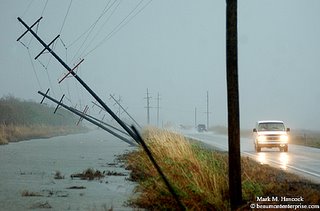










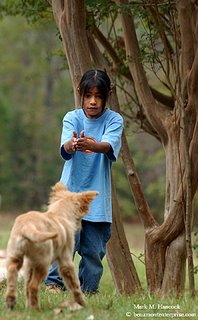



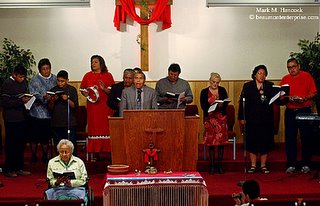

 Rita Captured
Rita Captured

